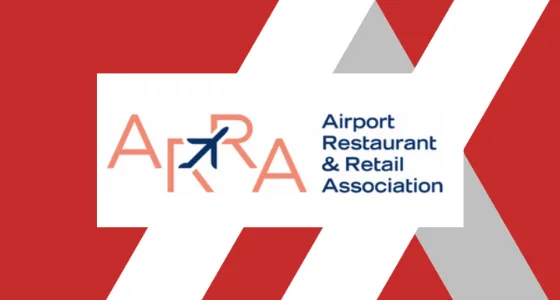Potential changes to the parameters guiding the Airport Concessions Disadvantaged Business Enterprise (ACDBE) program warrant discussion, FAA officials said Wednesday on the weekly industry call hosted by the Airport Restaurant & Retail Association (ARRA).
ARRA Board Chair Pat Murray asked about opportunities to tweak the DBE and ACDBE programs to better align with the realities of running an airport business. The overall size of a business and the personal net worth of its owner both figure into whether the firm can be certified as a disadvantaged business enterprise. Gene Roth, director, national external operations program, FAA, was encouraging about at least considering changes.
“Let’s have roundtables and listening sessions on the topic and figure out what it should be,” he said.
Standardization of joint venture agreements has also come under discussion within the industry. John Benison, FAA assistant administrator within the Office of Civil Rights, said the subject is on FAA’s radar. “What we can commit to right now is that we will be looking at the joint venture guidance this year,” he said. “We will also conduct training this year on joint venture. There will be more to follow on that, but that’s where we are right now.”
For more immediate relief for current ACDBE program participants, Roth mentioned a potential loan program to aid struggling small businesses. “We would advocate and be supportive of, of some type of [Small Business Administration] administered off loan program for concessionaires,” he said. “I think we would love to work with the SBA on that, and hopefully we can make some progress on that at some point.”
The use of airport funds to administer health screenings at airports will also be on the docket soon. D. Kirk Shaffer, associate administrator for airports at FAA, said the agency will be revising its guidance soon. Previous guidance supported airports in efforts to provide testing for airport workers and to increase cleaning protocols in light of the pandemic.
“We’ve had a number of inquiries from airports across the system about the legality of using airport revenue for broader purposes with the ultimate goal of not only keep everyone healthy, but by doing so, restoring the traveling public’s confidence in airport facilities, air carrier aircraft, and the whole travel experience,” Shaffer said. “We’re working on some revised guidance on that right now.” He noted that a few airports, in partnership with airlines, have instituted test programs on their own.
The FAA officials also discussed distribution of the $10 billion in CARES Act money that was awarded to airports in March. Shaffer said he can’t force airports to aid concessionaires but he has “used my little pulpit” to urge them to do so.
“I try to persuade airport sponsors, that the smart thing to do is the most that they can do under their particular economic circumstances…with a view toward everyone that plays a role in each airport across the system being able to survive through this national emergency and come out on the other end, ready to rebound as passenger traffic begins to rebound,” Shaffer said.
He said many airports had been proactive in offering relief but others have been reluctant to share the CARES Act money. “I’m going to continue to advocate that most people get up to the table, get all their stakeholders up to the same table and see what they can do,” Shaffer said. “My view is that they ought to do everything that they can for their stakeholders, especially the DBEs and the mom and pop organizations that live from paycheck to paycheck.”







